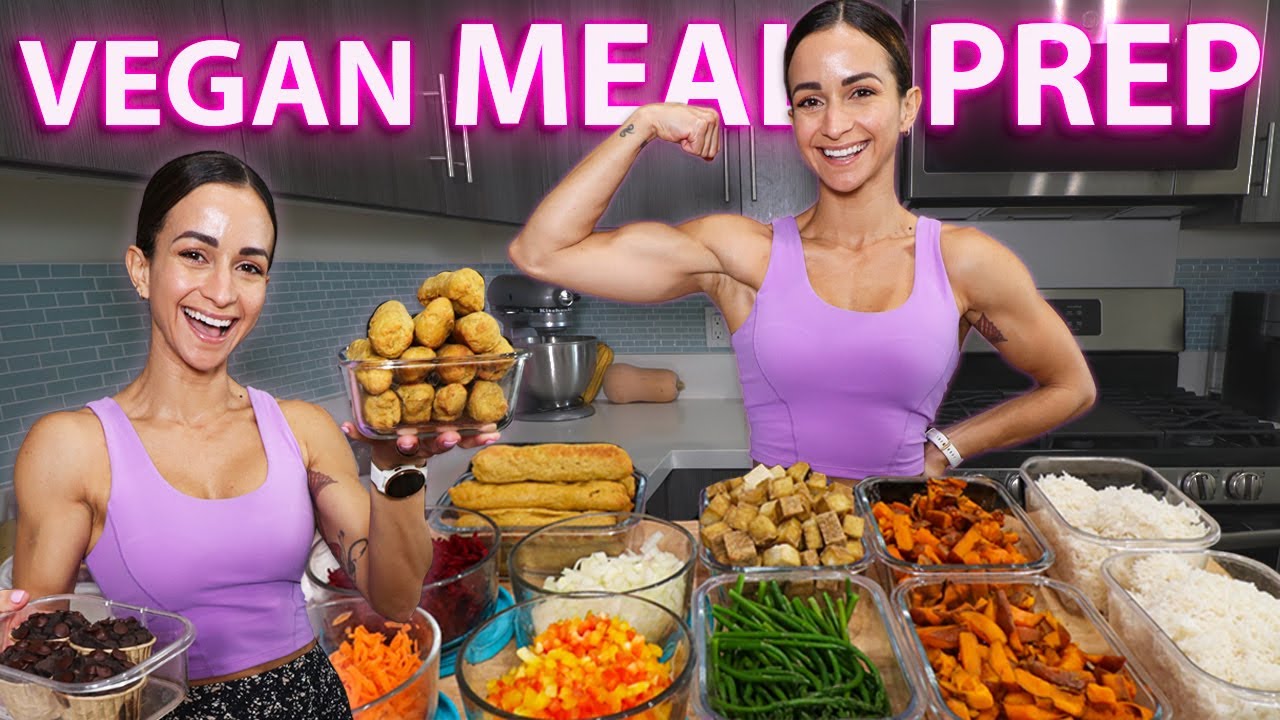For decades, the image of an athlete’s diet was pretty much set in stone: a mountain of chicken breast, a dozen egg whites, and a steak the size of your head. Protein meant animal protein, period. But a powerful shift is happening on the track, in the gym, and on the field. More and more athletes—from elite bodybuilders to ultramarathon runners—are ditching the old playbook and thriving on plants.
And honestly, the results are speaking for themselves. So, let’s clear the air. Can you really build muscle, boost endurance, and speed up recovery without animal products? The answer is a resounding yes. But you’ve got to be smart about it. This isn’t just about swapping a beef burger for a bean burger and calling it a day. It’s about understanding a new way to fuel the machine.
The Engine Room: Where Plant-Based Athletes Get Their Power
Think of your body like a high-performance car. You wouldn’t put low-grade fuel in a Ferrari, right? Well, plants are the premium, high-octane fuel for your human engine. Here’s the deal with the core nutrients.
Protein: The Building Blocks Aren’t Just in Meat
This is the big one, the question everyone asks. “Where do you get your protein?” The truth is, plants are packed with it. The key is variety. You’re building a protein mosaic.
- Lentils and Chickpeas: The workhorses. Fantastic in curries, salads, and as a base for veggie burgers.
- Tofu, Tempeh, and Edamame: The soy squad. Complete proteins that are incredibly versatile. Tempeh, with its fermented nuttiness, is a personal favorite for its texture.
- Seitan: Made from wheat gluten, it’s a protein powerhouse, often mimicking the texture of meat. (Not for those with gluten sensitivities, obviously).
- Quinoa and Hemp Seeds: These are rockstars because they’re complete proteins, meaning they contain all nine essential amino acids your body can’t make.
- Nuts, Seeds, and Nut Butters: Calorie-dense and perfect for adding a protein and healthy fat punch to smoothies or snacks.
Carbs and Fats: The Unsung Heroes of Energy
Carbs are not the enemy. For an athlete, they’re jet fuel. A plant-based diet is naturally rich in complex carbohydrates from sources like oats, sweet potatoes, brown rice, and whole-grain bread. This means sustained energy release, no crashing.
And fats? They’re crucial for hormone production and absorbing certain vitamins. Avocado, nuts, seeds, and olive oil are your go-tos here. They keep the whole system running smoothly.
Navigating the Potential Pitfalls: A Quick Guide
Okay, so it’s not all sunshine and kale smoothies. There are a few nutrients you need to keep on your radar. It’s not hard, it just requires a little awareness.
| Nutrient | Why It Matters | Top Plant Sources |
| Iron (Non-Heme) | Oxygen transport in blood. Crucial for endurance. | Lentils, spinach, tofu, pumpkin seeds. Pro Tip: Pair with Vitamin C (like bell peppers or citrus) to boost absorption. |
| Vitamin B12 | Nerve function and red blood cell formation. | Fortified nutritional yeast, plant milks, or a supplement. This is the one nutrient you really should supplement. |
| Calcium | Bone health and muscle function. | Fortified plant milks, tofu (set with calcium), kale, broccoli, tahini. |
| Omega-3s (ALA) | Fights inflammation and supports brain health. | Flaxseeds, chia seeds, walnuts. Your body converts ALA to the more active forms (EPA/DHA). Consider an algae-based supplement for a direct source. |
Putting It All Together: A Day on a Plate
Let’s make this practical. What does a day of eating for plant-based athletic performance actually look like? Here’s a sample, just to get the ideas flowing.
Pre-Workout (1-2 hours before)
You want easily digestible carbs. A banana with a tablespoon of almond butter. Or a small bowl of oatmeal with berries. Simple, effective.
Post-Workout (within 45 minutes)
This is the golden window for recovery. A smoothie is your best friend here. Think: plant-based protein powder, a handful of spinach, a cup of fortified soy milk, a tablespoon of flaxseed, and a fistful of frozen mango. Quick carbs, protein, and nutrients all in one delicious, gulpable package.
Main Meals
Lunch could be a massive quinoa salad with chickpeas, roasted veggies, and a lemon-tahini dressing. Dinner? A hearty lentil Bolognese over whole-wheat pasta or a flavorful tofu stir-fry with broccoli and brown rice. The combinations are endless. The goal is a colorful plate—that’s your visual cue that you’re getting a wide spectrum of nutrients.
Beyond the Plate: The Real-World Benefits
Sure, you can meet your macros. But why are so many athletes making the switch? The benefits often go deeper than just numbers.
Many report reduced inflammation. Less joint pain, less muscle soreness. When your fuel is anti-inflammatory by nature, your body can recover faster and get back to training harder. Then there’s improved blood flow and circulation—a diet low in saturated fat and cholesterol keeps the pipes clean, enhancing oxygen delivery to working muscles.
And let’s not forget digestion. The high fiber content keeps everything moving, which means you feel lighter and less sluggish. It’s a game-changer for endurance athletes who often struggle with GI issues during long events.
The Final Lap
Adopting a plant-based diet for athletic performance isn’t a restrictive fad. It’s a strategic, powerful approach to fueling your body. It demands a bit more planning at first, sure. You have to learn a new culinary language. But once you do, you unlock a world of flavor and a level of vitality that can truly elevate your game.
It’s not about what you’re removing from your plate. It’s about all the incredible, powerful, performance-boosting foods you’re adding in. So, the next time you’re planning your meals, think about the engine, not just the hood ornament. Your body will thank you for the premium fuel.


